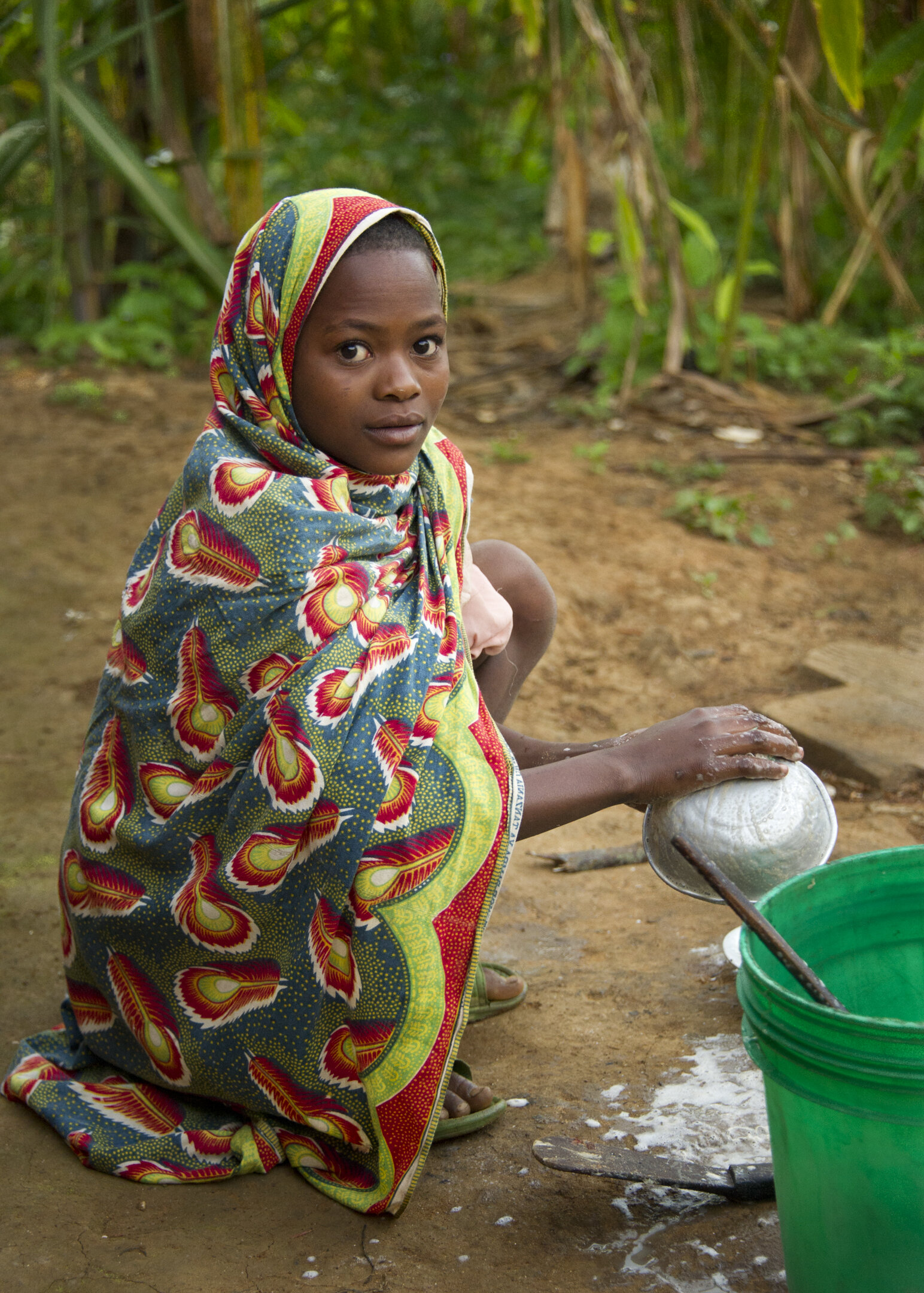WHY WOMEN?
Support gender equity so we can all thrive.
Data shows that women’s leadership and participation are essential for effective, lasting solutions to the environmental crisis—and intersecting issues like public health, education and social justice.
Your gift to Planet Women helps protect nature, support communities AND work toward gender equity.
Women are impact multipliers.
Why is that? Read on!
WOMEN STRENGTHEN CLIMATE & CONSERVATION SOLUTIONS
A review of 17 studies from around the world showed that including women in conservation and natural resource governance resulted in stricter and more sustainable extraction rules, greater compliance with rules, greater transparency and accountability, and better conflict resolution.
Data shows that a greater representation of women in government leads to stricter environmental laws and ultimately lower carbon emissions.
WOMEN ARE OFTEN THE PRIMARY USERS AND STEWARDS OF NATURE
Women are important allies in any successful conservation solution because they often have different information than men about the state of nature and what is needed to properly care for it.
In most households, women make the decisions about what families eat, which has a direct impact on ecosystems—from soil health to biodiversity health.
Women are responsible for 80% of water collection in households where water is off the premises.
Women produce about half of all food grown globally and up to 80% of food in the developing world, including harvesting crops and taking care of livestock.
Women do the majority of cooking for families around the world. They are responsible for the majority of grocery shopping or food collection, and they spend more of their money on food.
Women and girls are largely responsible for fuel collection globally, especially fuel for cooking and lighting the home, which often impacts forest health.
Data shows women are more likely to make decisions that support public good, the welfare of others and the welfare of nature. This holds true in business and at the negotiating table.
Women’s participation in conflict prevention and resolution improves outcomes before, during, and after conflict. Women’s participation increases by 35% the probability that a peace agreement will be able to last 15 years.
WOMEN LEADERS IMPROVE PEACEMAKING OUTCOMES & COMMUNITY WELLBEING
IMPROVING WOMEN’S EDUCATION AND ECONOMIC STATUS REDUCES POVERTY AND IMPROVES CHILDREN’S HEALTH
According to the United Nations, increased income in the hands of women contributes not only to eliminating poverty, but also to better education, nutrition and health outcomes for children and other members of the household.
Globally, the education of mothers plays a large role in determining children’s health. Children born to a mother with 12 years of education are 31% less likely to perish under the age of five, compared with children born to a parent with no education. The study also found that a mother’s education was almost twice as impactful as a father’s education with regards to reducing childhood mortality.
In fact, the UN has declared gender equity critical to achieving all 17 of the Sustainable Development Goals.
Find a bibliography and links to the research papers for all these statistics here.
Join us in partnering with women for a healthy planet.
Across the globe, women are leading efforts to protect nature, build climate resilience, and solve the challenges of their communities. Your gift will support women leaders in the Amazon, Africa and the American West who are working toward gender equity and improved forest, water and biodiversity health. Thank you!
“Gender equality...is a driver of sustainable development in all its dimensions, from ending poverty and hunger to promoting prosperity and inclusive growth; [from] building peaceful, just and inclusive societies to securing the protection of the planet and its natural resources.”
— UN Women report, “Turning Promises Into Action: Gender Equality In The 2030 Agenda For Sustainable Development”









